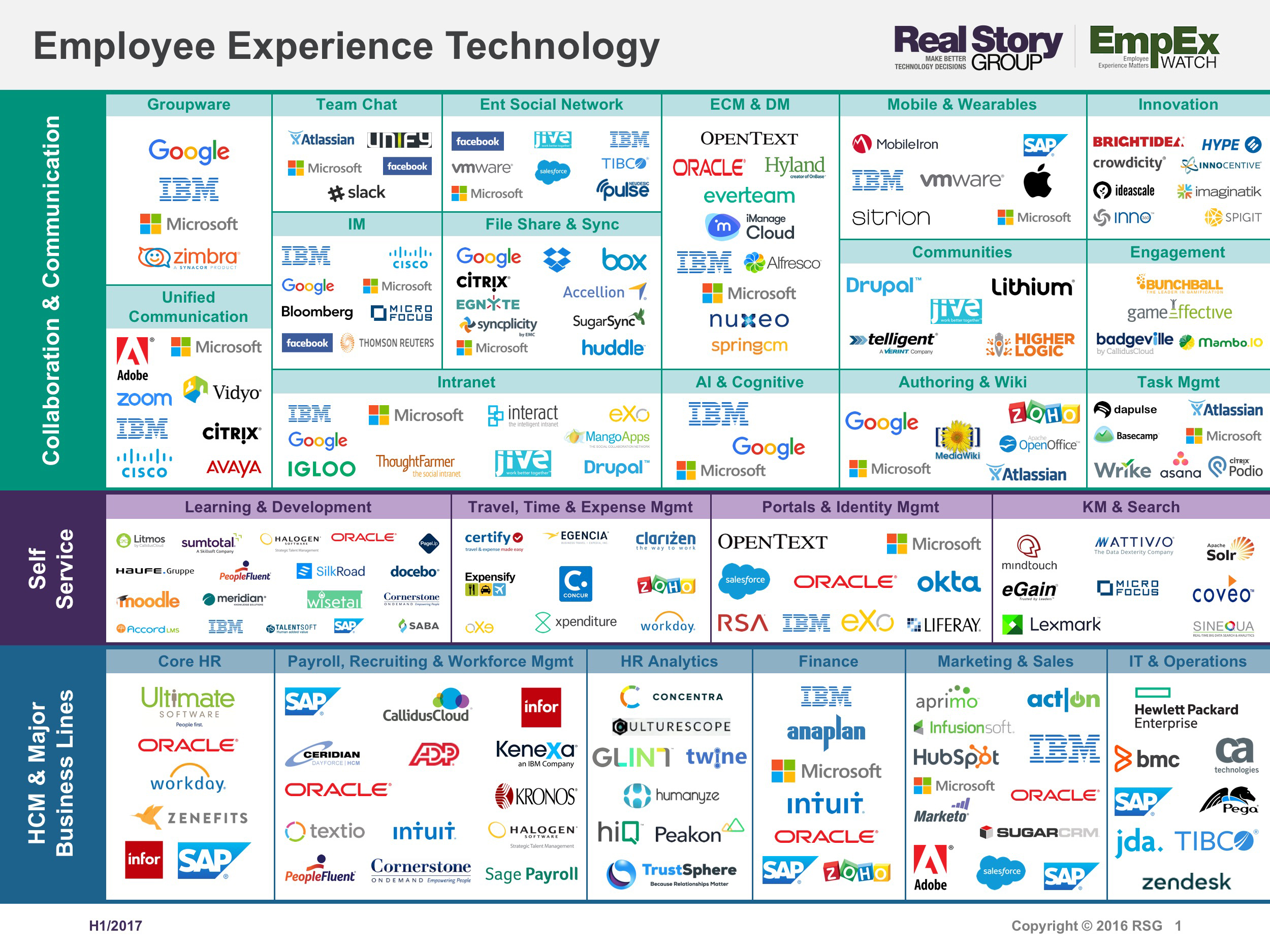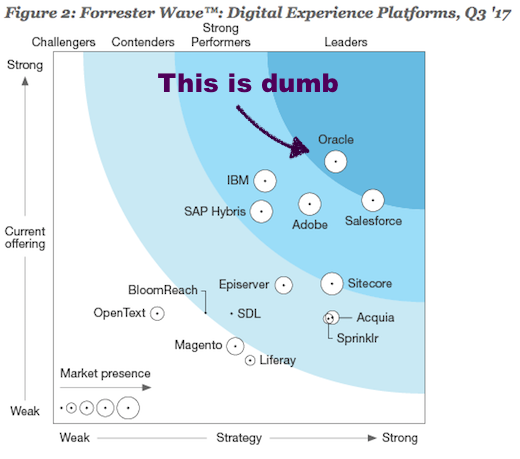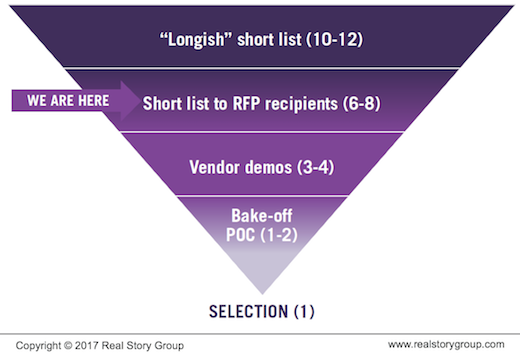Despite IBM messaging, analytics do not equal insights
Readers of this blog and my followers on Twitter have perhaps noted that I am quite a fan of tennis. I watch all the major tournaments on television, and attend matches in person when I can. I am also a great fan of data and statistics. One of my favorite things to read each year is The Economist's annual publication, The World in Figures. I could pass hours in the airport exploring the statistics available via the corresponding iPhone app, though perhaps I am the only person in the world who finds it interesting that Burundi nationals possess only 2 cars per 1,000 people.
A few weeks ago while at the US Open in New York, I was struck to find a much greater wealth of additional statistics available about the tennis matches than in the past. IBM, the official technology provider of all the tennis majors globally, has slyly branded the statistics as "Insights."
I couldn't help but think -- based on Real Story Group's experience evaluating different technologies with reporting functionality -- that it's quite a deceiving stretch to assume that numbers = insights. Similar claims get made by enterprise search vendors who prefer to say their technology produces "business intelligence" just by putting numbers into a dashboard. But despite these fancy dashboards and stats coming at you, insights are created when those numbers and charts in turn get analyzed and understood, creating a level of confidence for business leaders to make decisions based on real facts instead of "gut."
Because I don't actually play tennis, I rely heavily on the interpretation of statistics by commentators to help me better understand matches. Expert and former champion tennis player turned commentator John McEnroe (who conveniently provides his snarky and colorful commentary on both ESPN in the US and the BBC in the UK) provided one such example during a marathon semi-final match between Novak Djokovic and David Ferrer. A statistic came up on the screen that said one player has ran about four miles during the match, whereas the other player had run less than two miles.
"That's not really an insight," quipped McEnroe. He went on to explain that the player who ran less had hit more deep ground strokes, forcing him to bend at the knees more often and essentially having to do a few hundred squats with a pivot over the course of the match. "So even though he's run less, he's not necessarily less tired," he concluded.
This is the sort of interpretation we don't do enough with our business information, and too often technology vendors present reporting, analytics and big data as insights in and of themselves. They are not. Data must be contextualized in highly specialized settings, lest it risk total misinterpretation. In a business setting, this can lead to bad decisions and costly mistakes.
"Let's build a smarter planet" requires human interpreters who understand a sport, business, or consumers, just like McEnroe understands tennis. Who's the McEnroe equivalent for the insights you need to provide to your CIO or CMO? Hiring that person is just as important as buying the software to collect, aggregate, and visualize the data in the first place.








